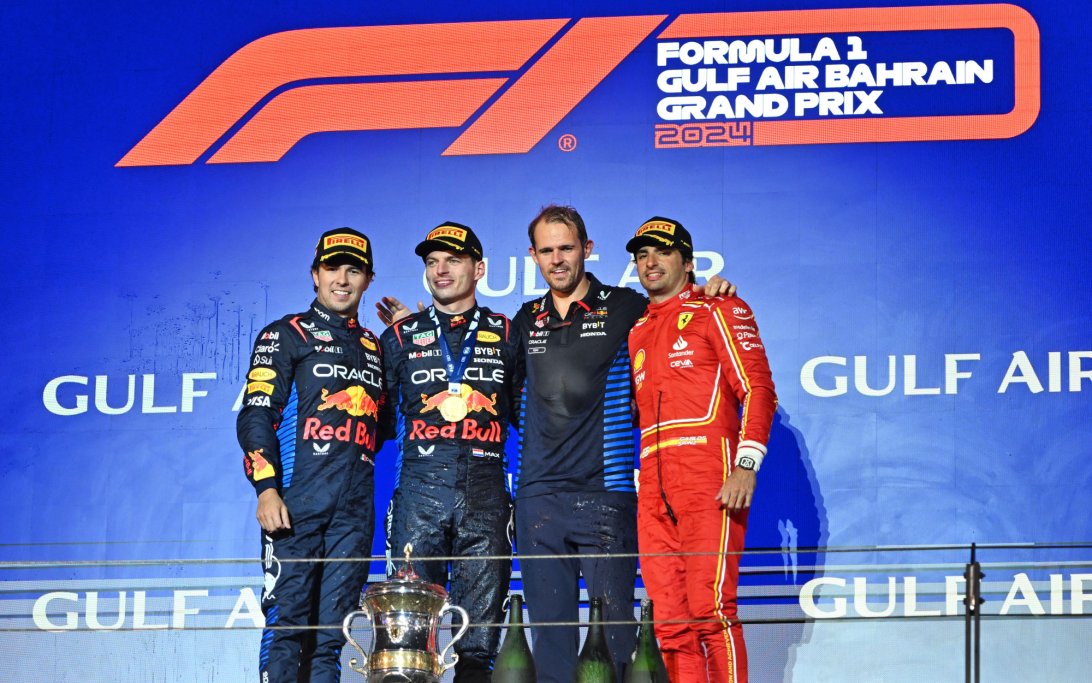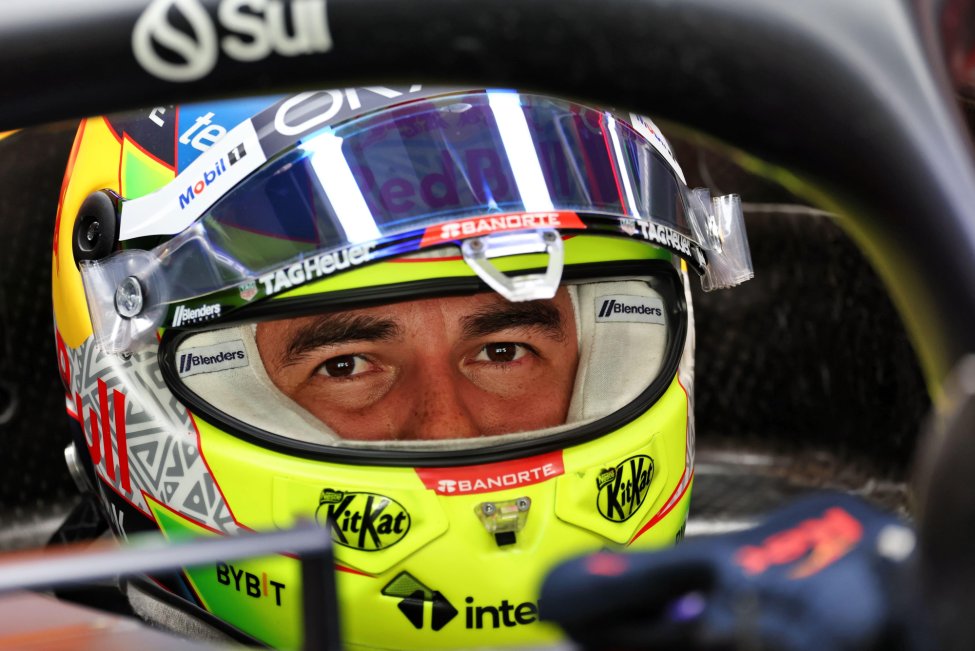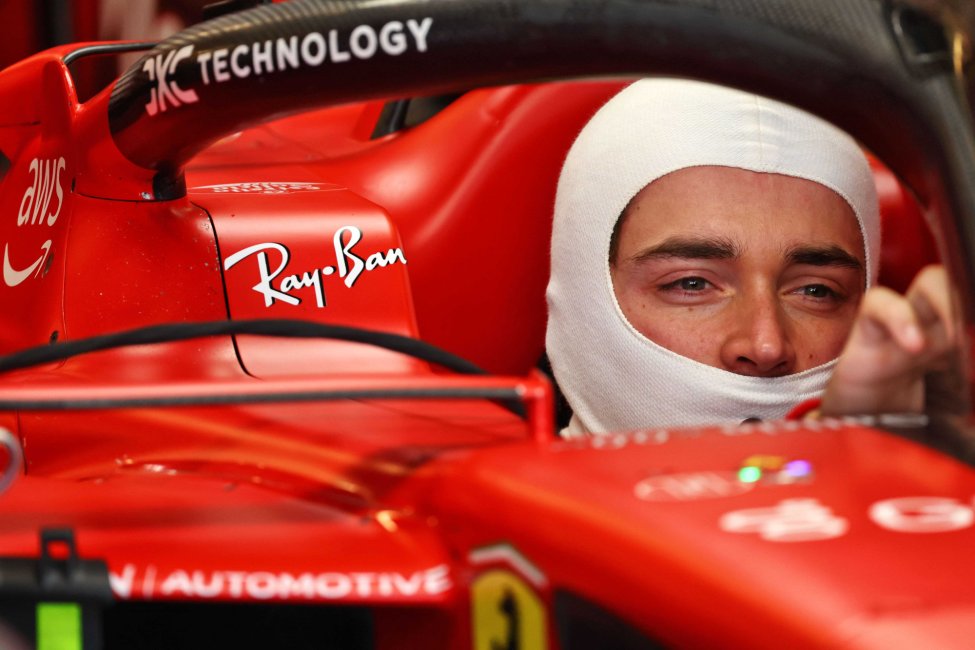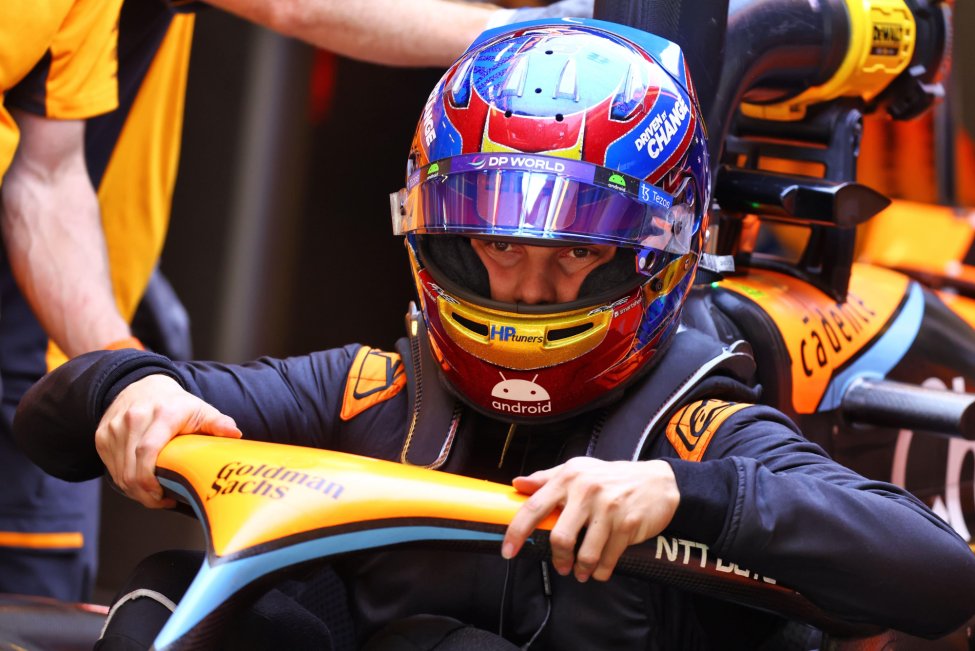FIA Super Licence
Getting into Formula 1 as a driver requires more than just delivering good performances. It also requires proving oneself to the FIA to be ready for Formula 1. This is done through a Super Licence. What is a Super Licence and how do you get one? You can read all about it here.

What is a FIA Super Licence?
A FIA Super Licence is basically the driving licence for Formula 1. The FIA issues it when a driver has proven himself to be good enough to race in Formula 1 and has met a number of conditions. The Super Licence was introduced in the early '90's.
How do you get a FIA Super Licence?
To obtain a Super Licence as a driver, he must meet the following requirements:
- The driver's minimum age must be 18 when he competes in his first F1 Grand Prix;*
- The driver must hold an International Grade A competition licence;
- The driver must also hold a valid driving licence;
- Like a normal driving licence, a driver must take and pass an FIA theory exam;
- The driver must have completed at least 80 per cent of two seasons in a single-seater championship in which there are Super Licence points to be earned;
- The driver must earn a minimum of 40 Super Licence points over the past three racing seasons. How to earn these points can be read further down in this article;
- In a maximum of two days, the driver must have driven at least 300 kilometres in a representative Formula 1 car, as part of an official session in Formula 1, such as a free practice, or a test approved by a national motorsport federation;
*Over the years, the rules for getting a Super Licence have also changed and tightened from time to time. Among others, Max Verstappen caused an adjustment in the rules. Indeed, he was 17 years old when he entered Formula 1, while a driver must now be at least 18 years old when entering his first Formula 1 race.
How do you get enough points for the Super Licence?
To obtain a Super Licence, a driver must also score a minimum of 40 points in his three most recent racing seasons, in addition to all other rules. The fastest way to achieve this is to finish first in the Formula 2 or IndyCar championship.
The FIA has devised a points system as follows:
Points system for Super Licence
| Racing class | 1st | 2nd | 3rd | 4th | 5th | 6th | 7th | 8th | 9th | 10th |
|---|---|---|---|---|---|---|---|---|---|---|
| FIA Formule 2 | 40 | 40 | 40 | 30 | 20 | 10 | 8 | 6 | 4 | 3 |
| GP2 Series | 40 | 40 | 30 | 20 | 10 | 8 | 6 | 4 | 3 | 2 |
| Europees Formule 3-kampioenschap | 40 | 30 | 20 | 10 | 8 | 6 | 4 | 3 | 2 | 1 |
| Formule E | 40 | 30 | 20 | 10 | 8 | 6 | 4 | 3 | 2 | 1 |
| FIA World Endurance Championship (alleen LMP1) | 40 | 30 | 20 | 10 | 8 | 6 | 4 | 3 | 2 | 1 |
| IndyCar Series | 40 | 30 | 20 | 10 | 8 | 6 | 4 | 3 | 2 | 1 |
| Formule V8 3.5 | 20 | 15 | 10 | 8 | 6 | 4 | 3 | 2 | 1 | 0 |
| GP3 Series | 30 | 20 | 15 | 10 | 7 | 5 | 3 | 2 | 1 | 0 |
| Super Formula | 25 | 20 | 15 | 10 | 7 | 5 | 3 | 2 | 1 | 0 |
| World Touring Car Championship | 15 | 12 | 10 | 7 | 5 | 3 | 2 | 1 | 0 | 0 |
| World Rally Championship | 15 | 12 | 10 | 7 | 5 | 3 | 2 | 1 | 0 | 0 |
| Deutsche Tourenwagen Masters | 15 | 12 | 10 | 7 | 5 | 3 | 2 | 1 | 0 | 0 |
| Indy Lights | 15 | 12 | 10 | 7 | 5 | 3 | 2 | 1 | 0 | 0 |
| SuperCars Championship | 13 | 11 | 9 | 6 | 4 | 3 | 2 | 1 | 0 | 0 |
| FIA Formule 4-kampioenschappen | 12 | 10 | 7 | 5 | 3 | 2 | 1 | 0 | 0 | 0 |
| Nationale Formule 3-kampioenschappen | 10 | 7 | 5 | 3 | 1 | 0 | 0 | 0 | 0 | 0 |
| Formule Renault (Eurocup, Alps, NEC) | 10 | 7 | 5 | 3 | 1 | 0 | 0 | 0 | 0 | 0 |
| F1 Academy | 10 | 7 | 5 | 0 | 0 | 0 | 0 | 0 | 0 | 0 |
| World championship karting (Senior category) | 5 | 3 | 2 | 1 | 0 | 0 | 0 | 0 | 0 | 0 |
Super Licence points at free practice
In 2020, there has been a rule change that drivers can also earn a Super Licence point when they have driven more than 100 kilometres during free practice in Formula 1.
Logan Sargeant at Williams
The Williams team took a risk with Logan Sargeant for the 2023 season. He still needed to gain a number of points for his Super Licence before he could officially progress to Formula 1. He missed out on an important point during free practice at the Mexican Grand Prix, for example. Except for a few kilometres, two red flags meant he was just short of driving 100 km and thus did not receive an extra point. Things eventually worked out for the American and he will drive his first season in Formula 1 at Williams in 2023.
Yuki Tsunoda at AlphaTauri
The FIA also made a notable change in the number of points to be gained for the Super Licence during the corona crisis. Instead of a minimum of 40 points, drivers only had to achieve a minimum of 30 points to make their entry into the king class. However, this was only possible if it was proven that the driver had been unable to prove himself properly due to force majeure. This temporary change helped AlphaTauri driver Yuki Tsunoda, but then also Nikita Mazepin, secure a seat in Formula 1.
What are the super license costs?
Besides all the rules a driver has to comply with, there is also a fee to be paid to obtain a Super Licence.
Costs of a super licence in F1
The fee for this is structured as follows:
- A standard fee of €10,400 applies. This is immediately the total cost when a driver first starts driving in Formula 1 or returns after his previous Super Licence has expired;
- There is a variable fee calculated according to the previous season's World Cup points. An amount of €2,100 is charged for each World Cup point.
Max Verstappen's absurd super licence costs
Max Verstappen holds a record for the price of the Super Licence he had paid in the 2023 season. He paid €963,800 for his FIA Licence. The Red Bull driver himself called this amount absurd.
Curious about what all drivers of the 2023 season had to pay for their super licence? Then check out this article.
Which nationality is on the Super Licence in the case of dual nationality?
The Super Licence shows only one nationality, even if the driver has a dual nationality. This is chosen by the driver himself. Max Verstappen, for example, has dual nationality, namely Dutch and Belgian. His Super Licence shows the Dutch nationality.
How do F1 drivers get their FIA super license?
What does FIA stand for?
How much does a F1 licence cost?
How much does Verstappen's licence cost?
Don't miss out on any of the Formula 1 action thanks to this handy 2026 F1 calendar that can be easily loaded into your smartphone or PC.
Download the calender


